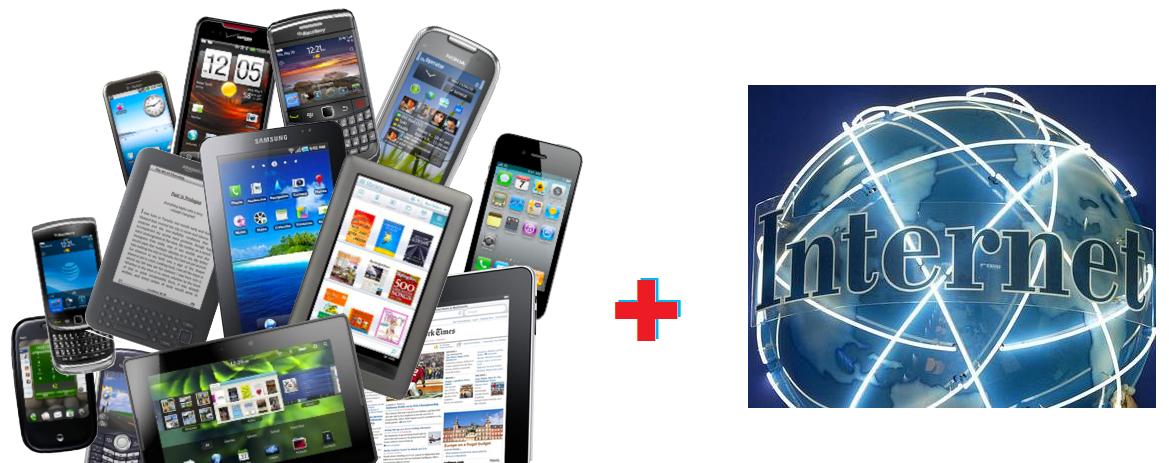Mobile Devices and Web Formats

PME converts your media to most mobile devices and web formats so you can share your content.
As Mobile TV and mobile video grow in popularity and more people are carrying smart phones with them everywhere, television viewing habits are changing. Today people are watching TV programs, news, and even social video sharing sites on their cell phones anywhere and at any time.
Typically, the term Mobile TV refers to video viewed on a mobile device. But, for our purposes, we will differentiate between Mobile TV (broadcast television programs and advertising and pay TV services) and mobile video (watching and sharing videos from video sharing sites and peer-to-peer).
Cell Phone Video Formats
Mobile TV and mobile video come in only a few formats, and all are compressed; 3GPP, MPEG-4, RTSP, and Flash Lite.
3GPP (.3gp)
3GPP (3rd Generation Partnership Project) is a globally standardized communication system between 3rd generation GSM-based mobile phones and is the primary format for cell phone video. This is the format in which your cell phone will save video. In reality, 3GPP is a variety of MPEG-4 but is often classified separately from the other MPEG-4 formats.
MP3
MP3 is simply another format of listening to music and should not be feared. MP3 is short for MPEG (Moving Pictures Experts Group) Layer 3.
Record albums converted sound into grooves in
vinyl and back to sound.
8-Track and cassette tapes convert sound into
magnetic imprints and back to sound.
CDs convert sound into digital 1's and 0's that imprint
on a layer of a compact disk and are read back into sound.
WAV files are digitized music files that can be stored
on computers, downloaded, or e-mailed.
MP3 files are similar to WAV files but are compressed to 1/10th the size yet maintain high sound quality. A typical 3 minute song file is about 3.5MB, can be downloaded in less than 10 minutes over a 56K modem connection. (But when was the last time you used a 56K modem?) Even if you don't understand what a Megabyte is, understand that 1/10th the size:
= 1/10th the time to download
= 1/10th the space to store
= 10x the number of songs that can fit on a portable device
What can you do with MP3 files?
Since MP3 files are small and high-fidelity, they are easy to transfer by downloading and e-mailing. This is also the controversy since songs are copyrighted and distributing these files is illegal. However there are legal ways to use and enjoy MP3s. Using software such as RealNetwork's RealJukebox, you can convert, or RIP, your CDs to MP3 files. The software allows you to easily organize music by album, genre, artist, etc. You can listen to these files using your computer, which have been shipping with very high quality speaker/amplifier systems.
MA4
M4A stands for MPEG 4 Audio. Quality is better and file sizes are usually smaller than MP3 files. But unlike MP3, no licenses or payments are required to be able to stream or distribute content in M4A format (unlike MP3 which requires you to pay royalties on content you distribute in MP3 format).
MPEG-4
MPEG-4 (Motion Picture Experts Group) is a very popular and universal format for video and comes in several flavors, classified as Parts. For example. Virtually any mobile video device will play MPEG-4 video.
RTSP
RTSP (Real Time Streaming Protocol) is a protocol used to establish and control streaming media sessions. Although it starts and controls the data stream, RTSP does not handle the actual transmission of the stream. That task is usually accomplished with RTP (Real-Time Transport Protocol), although some vendors use proprietary transport protocols. The RTSP protocol is used by many players including QuickTime, RealPlayer, Skype, VLC Media Player, and Windows Media Player.
Flash Lite
Flash Lite is a highly optimized version of Flash intended for mobile phones and portable devices.
Mobiclip
This codec is based on its work with mobile gaming consoles and optimizes response to the battery life and video quality requirements of mobile platforms. It is used to deliver video on memory cards for mobile phones. Mobiclip files can also be downloaded or streamed over a telecom network.





